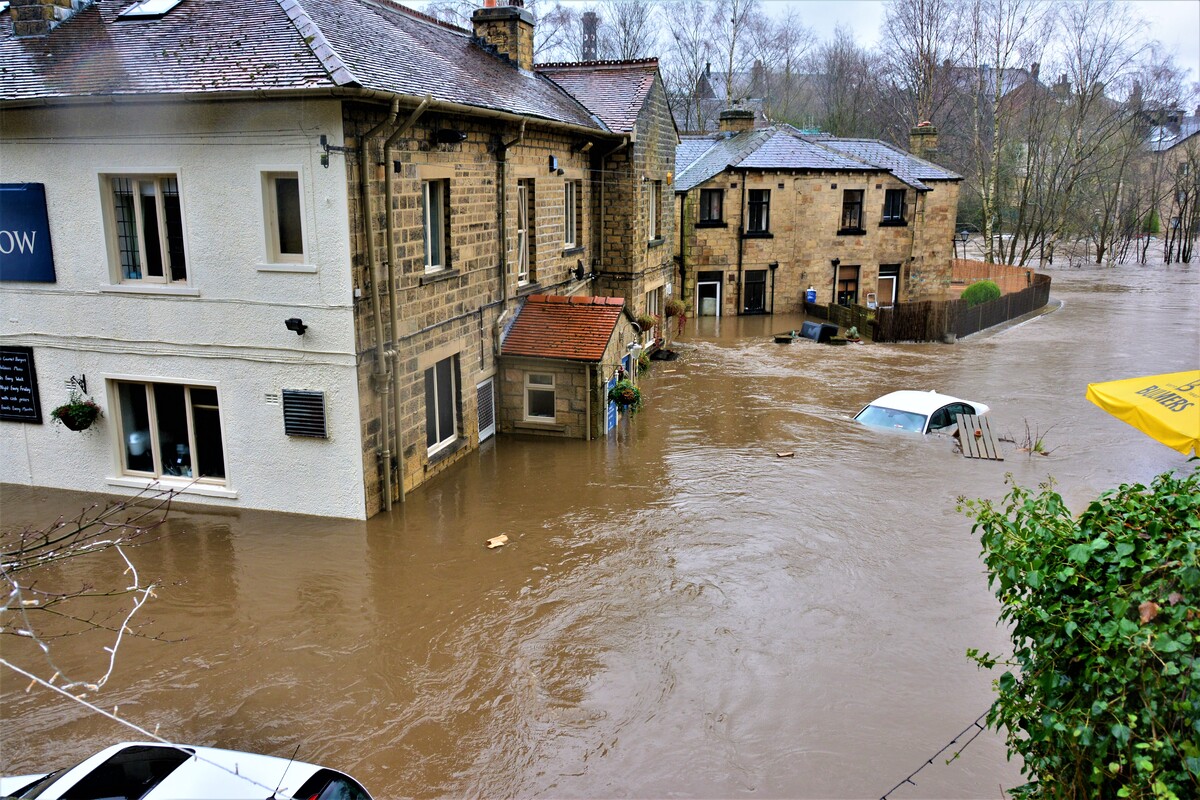More than 50 House lawmakers have sent a letter to Federal Emergency Management Agency (FEMA) Administrator Deanne Criswell expressing concerns over the National Flood Insurance Program’s (NFIP’s) new Risk Rating 2.0 mechanism that has resulted in increased premiums for millions of Americans.
Lawmakers are requesting information from FEMA on how the agency determines which communities are hit by flood insurance rate increases, asserting that the process “has been less than transparent” and that the “new methodology for determining risk and therefore policyholder premiums has accelerated home owners simply giving up and dropping their policies.”
NAHB has been advocating on Capitol Hill about the lack of transparency in setting flood insurance rate increases and we are pleased that lawmakers have responded positively and are sharing these concerns with the FEMA administrator.
Communities and home owners across the nation are being hit with rate hikes. In their letter to the FEMA director, House lawmakers noted that Louisiana Insurance Commissioner Jim Donelson stated: “Without changes to the NFIP’s plan, these premium increases will cause many Louisiana policy holders – especially lower income households in the most flood-prone areas – to drop their flood insurance altogether.”
The lawmakers noted that approximately 12,000 New Jersey policy holders have dropped their insurance since FEMA moved forward with Risk Rating 2.0 premium hikes and that it has been reported that 91% of Harris County, Texas home owners have seen a rate increase under Risk Rating 2.0.
“Home owners, particularly those who are financially vulnerable, need affordable flood insurance policies to protect against catastrophic financial loss when future storms befall,” the House letter stated. “Additionally, a precipitous drop in policyholders could lead to program insolvency.”
Members of Congress are calling on FEMA to provide lawmakers a briefing that addresses all factors taken into account in the Risk Rating 2.0 calculations as well as the stability and affordability of the NFIP.
*Note: All articles have been redistributed from NAHBnow.com*
